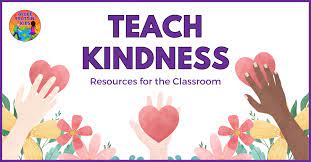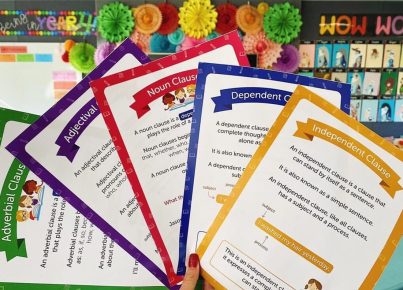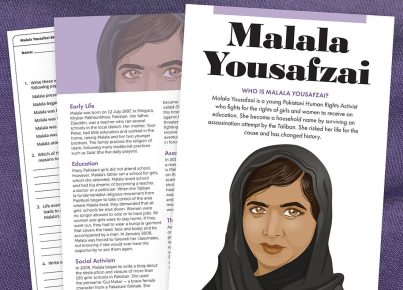Kindness is not just a virtue but a crucial element in creating harmonious classrooms, schools, and communities. In a world where every individual’s actions can significantly impact others, teaching kindness has never been more important. As educators and caregivers strive to nurture empathetic and compassionate individuals, they often turn to various resources designed to infuse their teaching with kindness. This article explores some of the most effective kindness teaching resources that are available to educators today.
One valuable resource is ‘Random Acts of Kindness Foundation’ (RAK), which offers a comprehensive K-12 curriculum. Their lesson plans are age-appropriate and designed to fit seamlessly into the standard curriculum. They focus not only on acts of kindness but also on reflection activities that help students understand the impact of their good deeds.
Another great resource is ‘The Kindness School Foundation’. They provide workshops and training for teachers and educators, focused on incorporating kindness into everyday learning. Their programs include mindfulness exercises, peer inclusivity training, and strategies to foster a supportive school culture.
Literature is a powerful tool in teaching kindness, and books like “Have You Filled a Bucket Today?” by Carol McCloud or “Kindness Starts With You” by Jacquelyn Stagg, aim directly at young audiences, offering relatable stories that teach children the value of being kind.
While teaching about kindness through books is effective, interactive activities can often leave a more lasting impression. Websites like ‘Project Happiness’ have materials that fit into this category, providing exercises, games, and challenges that encourage students to practice kindness in real-life situations.
In today’s digital world, online platforms also offer extensive opportunities for teaching kindness. Free resources like ‘Teachers Pay Teachers’ (TPT) include countless lesson plans and activities shared by educators around the world.
Furthermore, schools can start clubs centered around kindness such as ‘Be The Change’ clubs that offer students leadership opportunities in spreading positivity throughout their community.
In conclusion, incorporating kindness into the educational experience is an invaluable investment in the future well-being of society. By using these resources to teach kindness at a young age, we can hope to cultivate more empathetic and understanding adults who will contribute positively to society.





